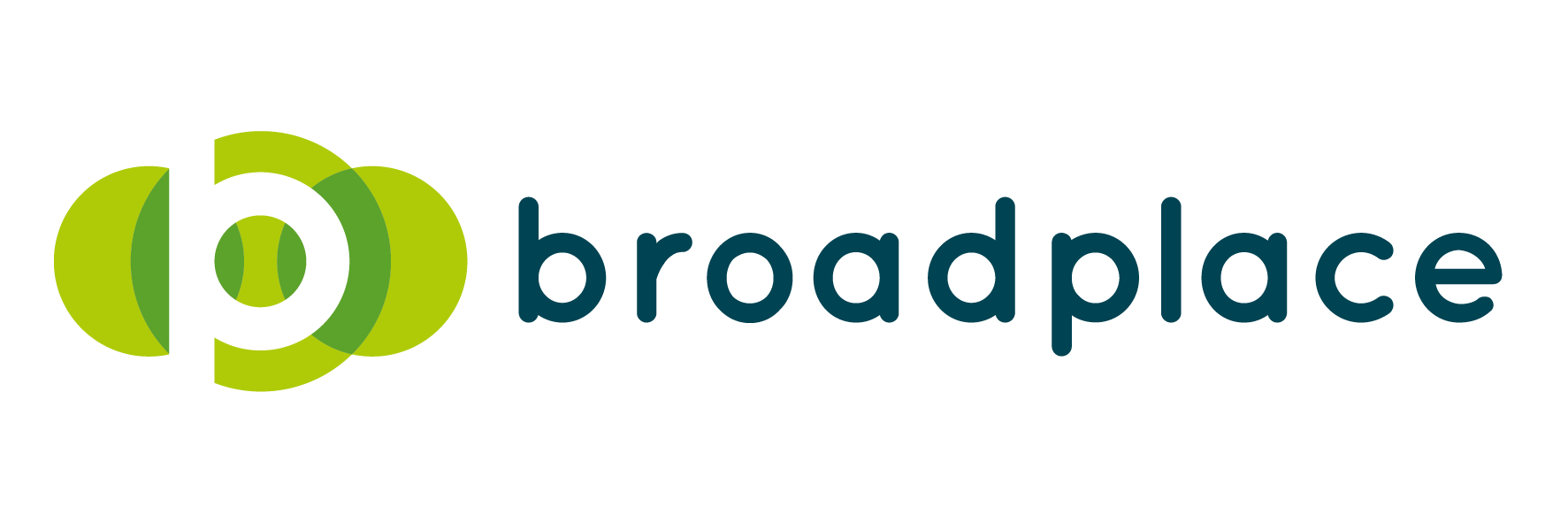Server-side tracking is becoming something that is no longer just a ‘nice-to-have’ for any business running digital activity.
With platforms going cookieless, GDPR, ad-blockers and platforms constantly looking to make privacy updates, all that rich third party data that powered your advertising is no longer at your fingertips.
Those who do nothing are inaccurately measuring up to 30% of their data, on average.
While server-side tracking can be more complex to set up than its predecessors, it is the only game in town at the minute when it comes to measuring people who’ve blocked cookies and ads.
In this post, we’ll walk you through what server-side track is, the benefits of it, its limitations and some of the ways that you can implement it.
So, what is server-side tracking?
Server-side vs client-side tracking
The easiest way to explain server-side tracking is to compare it to the more established approach that we are all used to; client-side tracking.
Both methods are used for gathering data about a user’s interactions on your website but there are a couple of key differences in how they gather it.
Client-side tracking uses the user’s browser to collect their data. When someone visits your site, code (eg. a cookie) runs in their browser, recording interactions and sending this data to an external analytics server (eg. Google Analytics).
Server-side tracking bypasses the user’s browser. Instead, your server directly logs data whenever a user makes a request, such as loading a webpage. This includes details like the user’s IP address. It can also log server-side activities, such as transactions. This data is tied to a session ID generated on the server, not a cookie, ensuring privacy.
Both methods track users, the only difference is how and the accuracy with which they track them.
How does server-side tracking improve data accuracy?
It’s quite simple how server-side tracking improves accuracy… It’s because it isn’t reliant on cookies.
And because it’s not, things like ad blockers as well as different privacy policies like ITP or people declining cookies, doesn’t impact it. It just assigns the session ID on the server and then sends it across to the relevant platforms.
What are the benefits of server-side tracking?
The biggest benefit of server side tracking is the amount of data that it tracks. According to Taggrs 10 – 30% of online data is not being measured at all with client side tracking due to cookie preferences and ad blockers.
Other benefits of server side tracking are:
- Improves GDPR Compliance; With less need for cookies and all of the data being housed on the browser it is more secure and there is less risk of personally identifiable information (PII) being exposed to unauthorised sources.You can also control what information is sent from the server to the platform which means the risk of PII being exposed to other third parties is a lot lower.
- Reduce load on page; A lot of client-side tracking is driven by third-party scripts. These scripts can add load time to your page as each of them needs to be executed.
- Don’t have to worry about different browsers and platforms; The way in which different browsers and platforms are handling privacy is diverging. Safari sets an expiration date of 7 days for first-party cookies and blocks all third party. Google has yet to decide what it’s going to do with Chrome flip-flopping from saying they’ll block all cookies to they’ll allow some. So if you want to future-proof against all these changes – server-side is the only way to go as it complies with all the different platforms.
The limitations of Server-Side tracking
While there are many benefits to server-side tracking, it does have some limitations.
The main downside being that a lot of the finer detail available in client-side data is lost. Browser-based tracking captures rich behavioural data like time spent on a page, device details and referring website information. Servers don’t have access to this level of detail.
This is why we recommend a blend of both client and server-side tracking.
Additionally, setting up server-side tracking is generally a lot more complicated and time-consuming than client-side tracking. It requires more technical skills and thorough testing to ensure it is accurately collecting data. It can incur more costs too, as it requires more server resources compared to client-side, which can be a significant factor to consider for marketers with limited budgets.
Is server-side tracking affordable?
Because your servers are essentially pushing the events into a container on a server that you own or control to then send it to a platform, you are going to need to pay to host the container somewhere.
Depending on which hosting provider you choose, the amount of traffic you get and the number of servers you need this can add up.
However, the cost of this is probably a drop in the ocean compared to the cost of running campaigns where you’re spending a load of money on activity you can’t effectively measure and optimise.
How can I implement server-side tracking for my business?
There are many ways that server-side tracking can be implemented. Broadplace partners with a server-side tracking host that helps us to give you access to all of your data, we’ve found a lot of our clients were missing up to 30% of their data without server-side tracking.
Based on your monthly website traffic, the server-side tracking host will estimate the number of monthly requests they anticipate you to track, and this enables us to propose a customised server-side package with transparent monthly costs.
Our dedicated in-house tracking specialist will seamlessly integrate server-side tracking for your business using Google Tag Manager.
Happy Tracking
Hopefully you now understand the extensive benefits of server-side tracking.
When it comes to measuring effectiveness of digital campaigns, it’s a vital part of your strategy.
Get in touch with our team today to discuss your server-side tracking needs, and we can help you to kick-start the process towards improved measurement.
